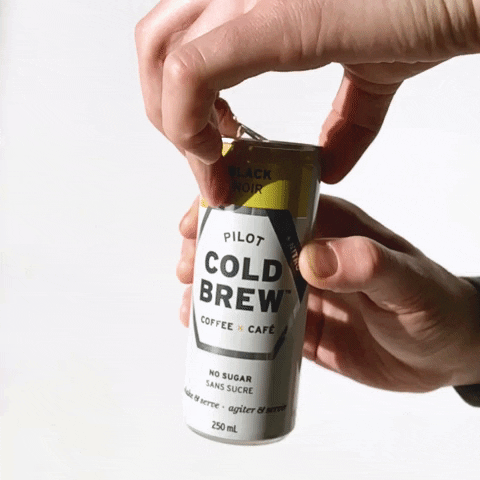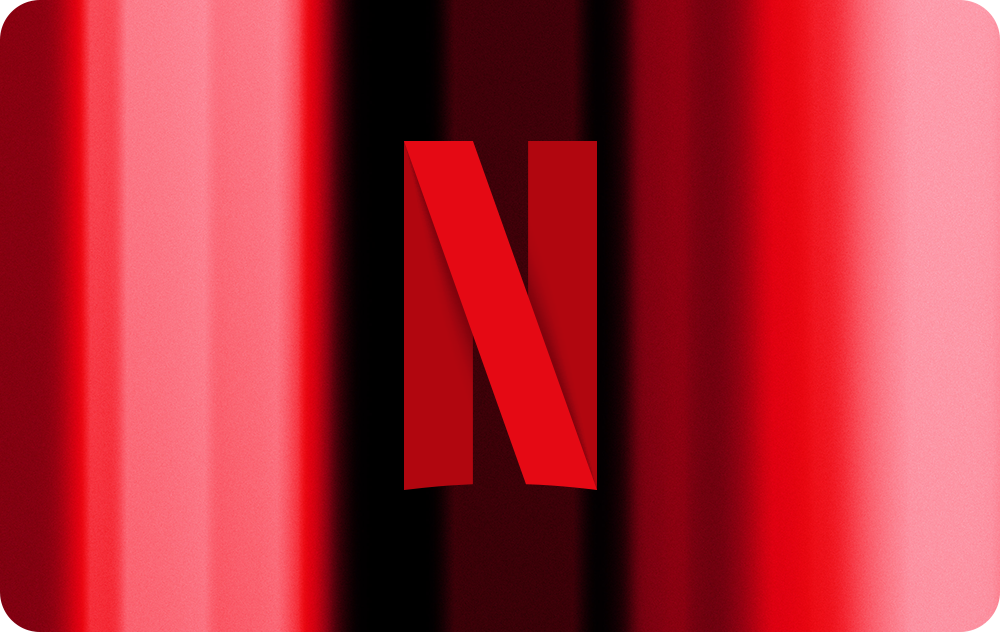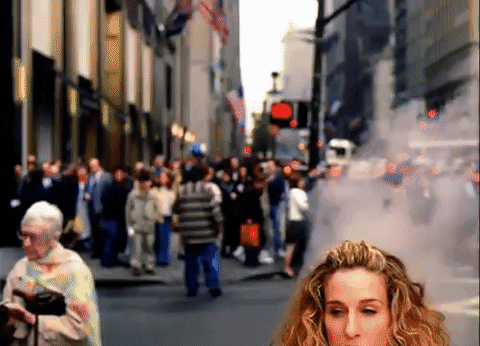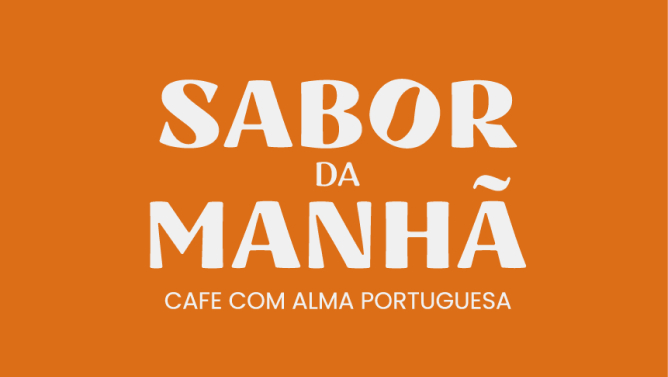As mentioned in Atmospherics as a Marketing Tool, by Philip Kotler, Sonic Branding has many different idioms: sound branding, sound marketing, audio branding, and audio consumer persuasion. Generally, the term means how audio or sound influences a consumer as much as other aspects such as packaging, advertising, images, features, or benefits accompanying the said product.
Therefore, audio branding is related to our auditory senses, and how those are influenced to make a purchase. Take for example the moment when you hear a can of soda opening. That “Pop, Tear & Hissing” sound gives you an instant craving for a bubbly soda.

Don’t believe me? Try to read the next words while looking at the following image without instantly “hearing” the sound in your head: “Tu-dum”.

Why does this work?
As humans, we are very highly trainable beings. If we repeatedly hear the same sound for a certain amount of time and for a specific action that we do, we immediately recognize that out of anything. Just as Pavlov’s dog would hear a sound and immediately think of food, we are prone to be triggered by sounds to crave or consume a product or a service.
The same idea applies to spaces. Consider you usually visit your local shop. What can you hear? What can you smell? What do you see in your mind? Although many people think that we cannot be persuaded at such a level, specialists tend to disagree.
A great example of this is the influence and the research surrounding the food industry. Great amounts of financial resources go into discovering new ways of making people tick and use more of their system 1 brain capabilities – based on impulses, familiarity, and routines, rather than system 2 – the more logical, based on facts and research.

In other cases, the other way around is what works. When you go to your therapist or psychiatrist you will notice the absence of background noise, this way the specialist nor the patient can be distracted and can focus on the matter at hand.
How can I use this?
It can be both a simple and a complicated process. Simple when you have a brand book, an identity, and information in your consumer base. But very complicated when you want to skip the previously mentioned steps.
If you are lucky and you are in the first category, then ask yourself the next questions:
– What is the target audience for this sound?
– What is the target audience seeking from the buying experience?
– How can audio enhance or fortify the beliefs and reactions of your buyers?
– Will the results be more positive or negative? What do you plan to do in each case?
Let’s take for example a coffee shop. Besides the visual cues that a consumer can get when they first step into the place (cleanliness, design, colors, etc.), there is an auditory quick response to the place. Is the crowd too loud? Is the music too much? Or does the sound of the coffee machines take over the entire experience?
Another way a consumer can be impacted by auditory is by words. What tone does the barista use? What specific words do they use? How do they pronounce those words? Are the employees screaming at each other? Any sound that gets constantly repeated becomes a part of the branding experience of the said coffee place.
A final thought.
One of the most challenging parts of being a manager or entrepreneur is figuring out what other elements of the place where clients purchase or consume your product/service can become part of your identity too. The good news is that you can use it as something specific for your product or brand. The bad news is that if the sound is assimilated with something negative, it will take a while to remove from your customer’s behavior.
And last, but not least, what do you hear immediately after the HBO logo? For me, the Sex and the City TV series theme song pops into my head no matter how many shows I watch on the platform.

If you need help adjusting your branding strategy, feel free to get in touch and leave us a message.


